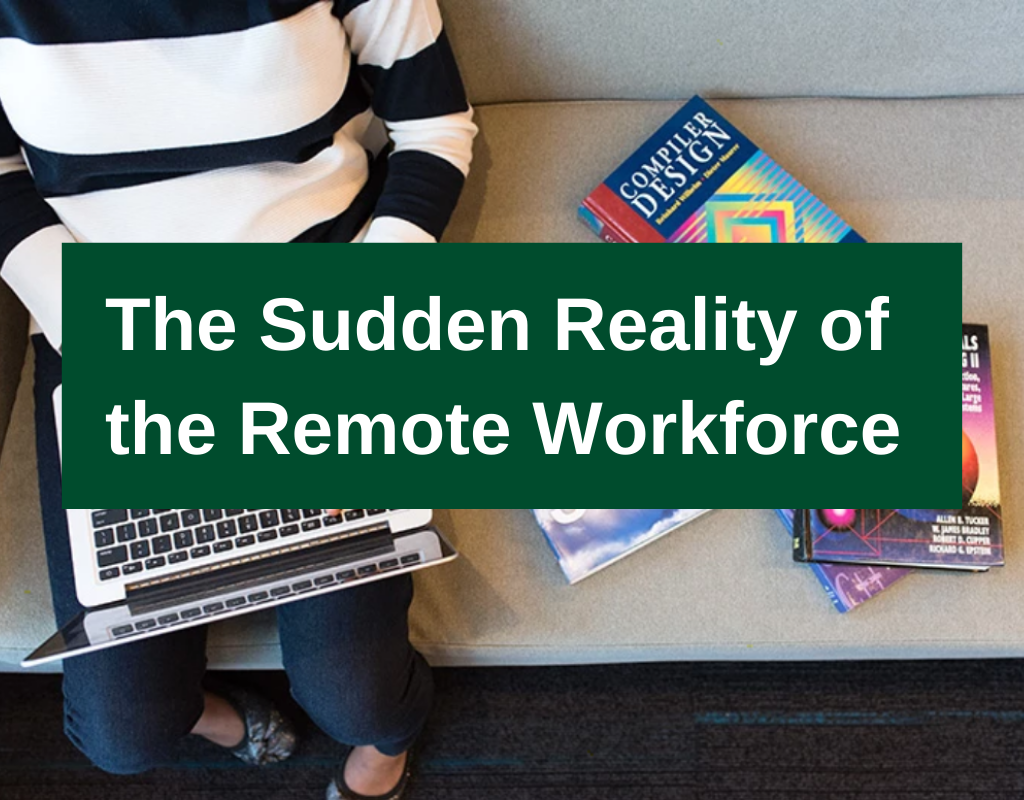Remote work and virtual offices have been a hot topic for a few years now. Recent research from the firm McCrindle showed that Australians were working remotely now more than ever, and that many people were even willing to take a pay cut in exchange for greater flexibility. Meanwhile, online conferences like the Remote Work Summit and Running Remote gave managers a chance to learn from what others have done, and craft their own remote work strategies over time.
As teams are forced to operate away from their headquarters – and more importantly, away from each other – managers and employees are getting a crash course in how to succeed in a decentralised workforce.
How to adapt your team quickly
Every remote work plan should start with a clear-headed approach to the basic question of who can work remotely. The best place to start is at the top. Encouraging CEOs and managers to go remote is a reassuring step for team members who feel uncertain about the team’s ability to function without gathering physically. For those who need to be present at the office, solid social distancing practices need to be well-established before the next commute.
Productivity is the next big question. According to the aforementioned Mccrindle study, a slight majority of Australians feel they can be more productive from home. That leaves a great many who have their doubts. Nonetheless, it’s critical for everyone to maintain good work performance during periods of social isolation.
Confidence goes up when managers establish clear goals and expectations around performance, from time measurement to project outcomes. Extra care should be taken to ensure that 1) workers have the right tools, 2) technology is properly leveraged, and 3) data is well-protected.
Staying connected is another vital part of team performance. Teams should develop and follow specific plans around sharing information, working collaboratively, and staying professionally motivated in isolation with their families. Going the extra mile with a unified communication strategy, in addition to promoting a digital company culture (e.g. virtual water coolers and casual digital interactions), will have a positive impact.
How to manage from a distance
Trust will be a key differentiator between companies who perform well during periods of social isolation and those who fall behind. Managers should display confidence in their people and trust them to deliver the goods. If the right people were hired in the first place, and if expectations around remote work are clear, good outcomes will follow.
Give employees the benefit of the doubt, and don’t sweat the small stuff. If performance lags, the issue may be deeper than the current circumstances. Managing a remote workforce might have become a social requirement, but it’s also an opportunity to see the strengths and weaknesses of your team in a different light.
Facilitating a spirit of collaboration is another key for managers. The need for effective leadership is just as strong in periods of social isolation as it will be when your team returns to the office. This means being available for team members via phone or internet, utilising technology to make sure everyone is involved, and following through on regular meetups. It means communicating visibly across the organisation, and finding creative ways to manage conflicts.
How to work effectively from home
A common complaint around remote work is that people feel restless, or they can’t concentrate, or they go stir-crazy. When the novelty of working from home wears off, the blurring of lines between personal and professional life can be a challenge for some people; but there are simple ways to mitigate these problems.
-
Create a calm and dedicated workplace away from the family hustle and bustle
-
Stick to a schedule, maximise your time, and plan ahead
-
Dress for work every day to keep yourself in a professional frame of mind
-
Engage with colleagues personally every day to help reduce the sense of isolation
-
Take the initiative, be a self-starter, and pursue great outcomes
A hidden opportunity
We can experiment with innovative new tools. We can establish important new skills. We can leverage the digital world to improve our work cultures. Whatever lies beyond the disruptions of coronavirus, the necessity to build a cohesive remote workforce can genuinely make our organisations better suited to the digital age.







